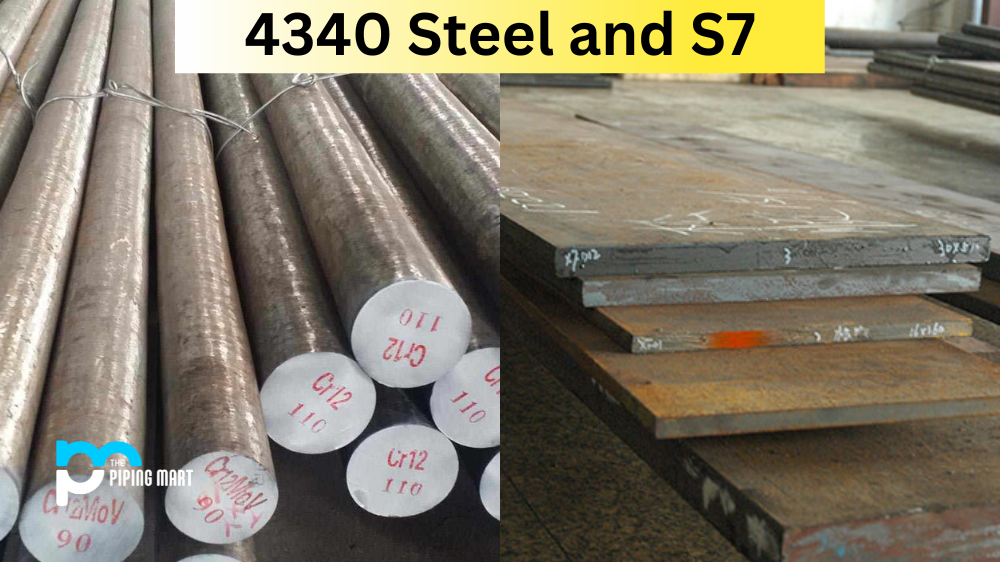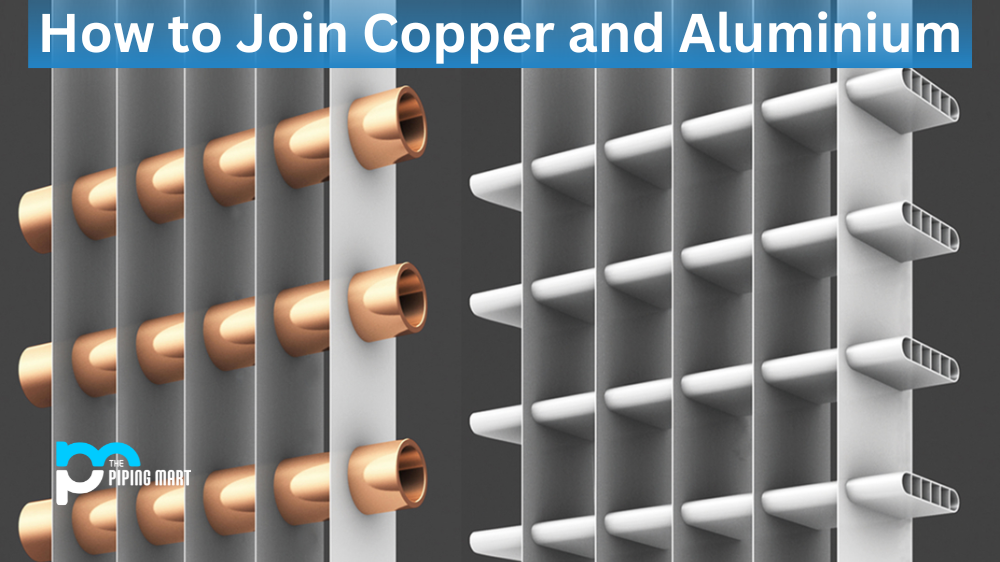Copper is a great choice for many plumbing and electrical applications, but how do you create a strong and reliable connection between two copper components? The answer is brazing. Brazing is an ideal way to join two pieces of copper together for a long-lasting, waterproof connection. Here’s what you need to know about brazing copper.
What Is Brazing?
Brazing is the process of joining two metal components with the use of a non-ferrous filler metal. This filler metal has a melting temperature that is higher than 800°F (425°C). It bonds the metals together as it melts and cool, creating an incredibly strong bond that can withstand extreme temperatures and pressure. With brazing, it’s possible to join materials such as steel, aluminum, brass, copper alloys—and even copper itself.
Which Filler Metal Should You Use?
When brazing copper, the most common choice of filler metal is silver alloy. Silver alloy brazes superior strength over other types of filler metals due to their high silver content. Silver alloys come in various grades; however, for most applications involving joining two pieces of copper together, grade H4 or grade H5 silver alloy will suffice. These grades contain enough silver content to create an extremely strong bond without excessive flux or heat input.
How Do You Braze Copper Together?
Once you have gathered your supplies—copper components, silver alloy rod/wire/paste/powder—you are ready to begin! Before soldering begins, clean both components with sandpaper or steel wool until they shine; then, flux both parts separately and apply flux liberally around the joint area on each piece before applying the silver alloy rod or wire (or paste/powder). Apply heat evenly by using either a propane torch or an open flame until the solder melts and flows freely around the joint area. Allow plenty of time for cooling before handling or moving components – at least 5 minutes should be sufficient time for cooling down, depending on the size and type of project being done. Once cooled down, test fit by gently tugging on pieces; you should feel resistance from both parts if successful! If not successful, repeat the steps above until desired results are achieved – including making sure both components are clean prior to application of new flux & solder!
Conclusion:
Brazing is an excellent way to join metals such as copper together for reliable connections that can withstand extreme temperatures and pressures. To braze two pieces of copper together properly, you need to use a suitable silver alloy filler metal like grade H4 or H5 silver alloy rods/wires/pastes/powders; clean both surfaces beforehand with sandpaper or steel wool; apply flux liberally before applying the silver alloy material; heat evenly using either a propane torch or open flame until the solder melts & flows freely around the joint area; allow ample time for cooling before handling & testing fit by gently tugging on pieces – if resistance felt success! If not, repeat the steps above until desired results are achieved! With patience & practice, anyone can learn how to braze copper correctly! Using these tips will help ensure your next project involving brazing copper turns out just right every time! Good luck!

Pipingmart is a B2B portal that specializes in metal, industrial and piping items. Additionally, we share the latest information and information about materials, products and various types of grades to assist businesses that are involved in this business.




